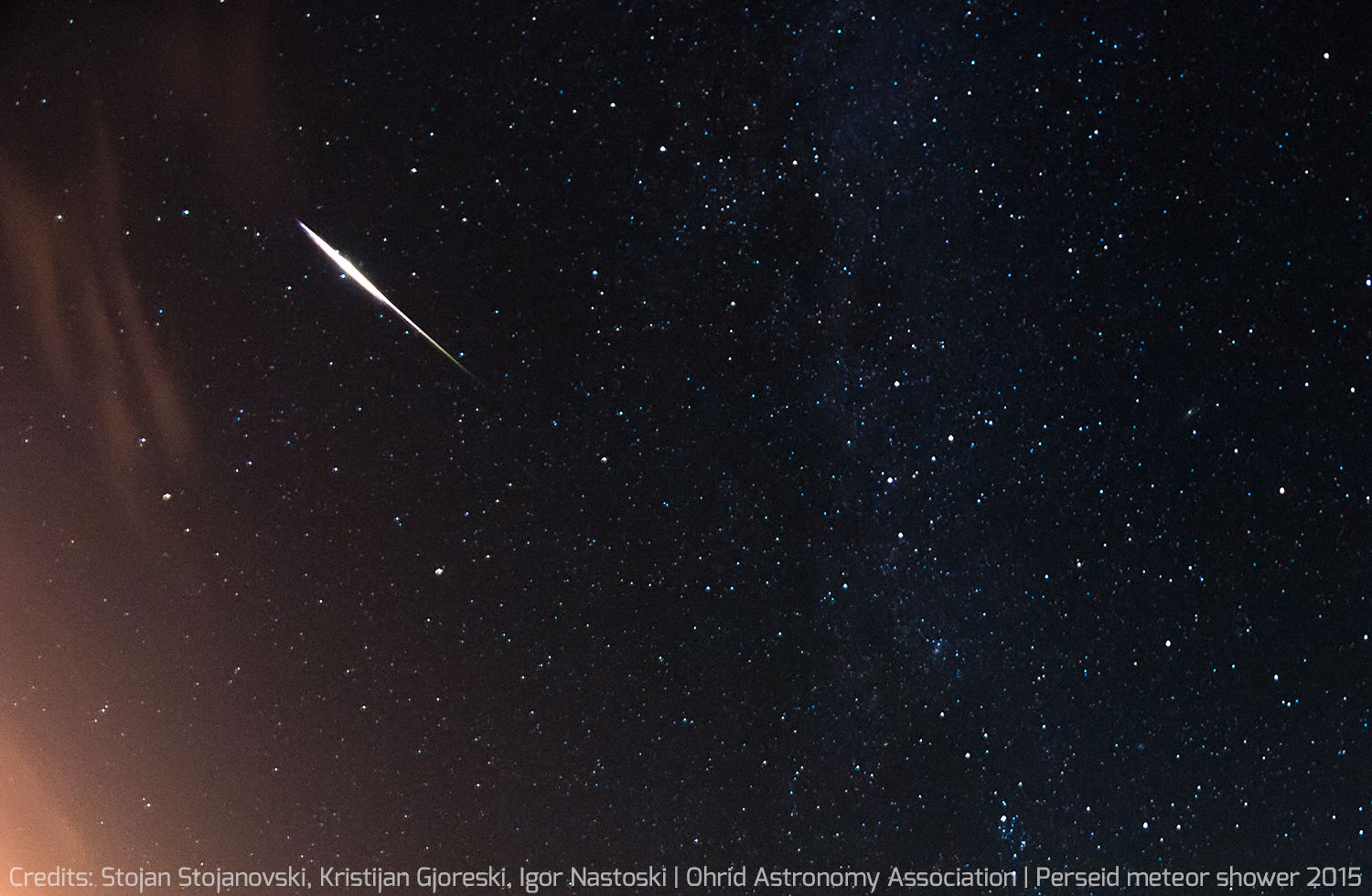By analyzing miniature remains of ancient crashes that occurred in the solar system, researchers have discovered that most of the meteorites on Earth come from the same event that took place 466 million years ago.
Before the collision, 34 percent of these microscopic remains came from a variety of space rock known as achondrite; now the rate stands at 0.45. Researchers also found several micrometeorites that originated billions of years ago from Vesta, the brightest asteroid that is visible from Earth, located in the asteroid belt.

Meteorite showers have not always been the same
In essence, the study shows that the variety of meteorites has changed a lot during our planet’s history. Apparently, the larger part of the meteorites that fall to Earth originated 466 million years ago, from a single crash of an asteroid and another unknown object. To verify this claim, researchers led by Dr. Philipp Heck from the Field Museum in Chicago traveled to Russia to survey an exposed section of seafloor.
There they found traces of meteorites containing crystals that have remained intact for millions of years. These crystals revealed how ancient meteorites differ from the ones that have come down to Earth in relatively recent times.

“We spend lots of time studying the debris from the big asteroid destruction event 466 million years ago, but recently, we went a little bit further back in time. Looking at the kinds of meteorites that have fallen to Earth in the last hundred million years doesn’t give you a full picture. It would be like looking outside on a snowy winter day and concluding that every day is snowy, even though it’s not snowy in the summer,” stated Dr. Heck according to the Washington Post.
Researchers jumped at the possibility of these meteorites carrying the origin of life on Earth, but researchers from Denmark and Sweden assure that the episode named the Great Ordovician Biodiversification Event, or GOBE, occurred several million years before the asteroid crash.
GOBE is suggested to have taken place at least 540 million years ago, greatly expanding the diversity of life in Earth’s oceans. Swedish investigator Anders Lindskog argues that there is no proof of extraterrestrial influence on how life evolved on Earth and that the rapid evolution that took place during the GOBE occurred due to the increased sea levels, giving “more space for life to thrive,” according to Daily Mail.
An increased sea level, joined with the cooling of Earth’s atmosphere and the diversity of each continent served as the ideal conditions for the kickstart of evolution.
Dr. Heck suggests that more findings like these will help astronomers understand how the collisions from the asteroid belt, located between the orbits of Mars and Jupiter, have influenced the Earth, seeing that scientists are far from fully understanding how near-Earth objects behave and if they pose a danger to us humans. He compared the event as to looking out a window during a snowstorm and concluding that it has always been snowing. Heck’s intention is to find additional windows to look through, which in this case are meteorites from different times.
Source: Space
